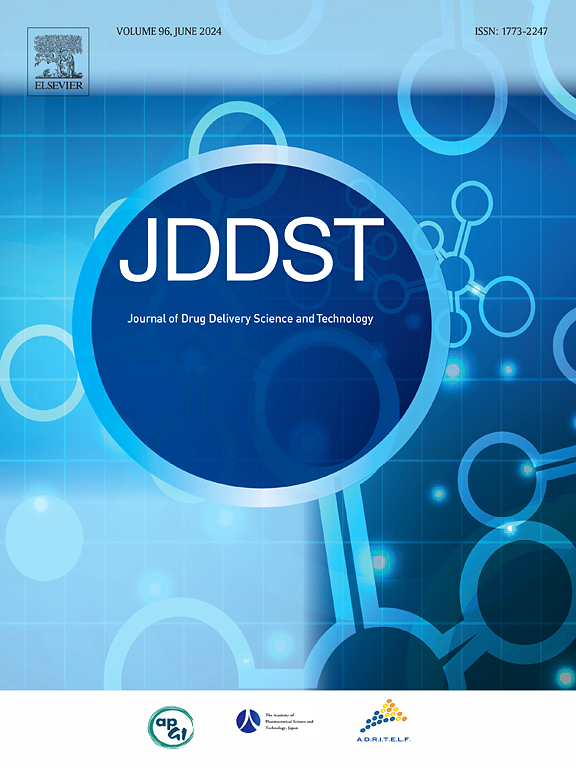Intranasal drug delivery: Pathways, challenges, and advancements in CNS targeting
IF 4.5
3区 医学
Q1 PHARMACOLOGY & PHARMACY
Journal of Drug Delivery Science and Technology
Pub Date : 2025-03-20
DOI:10.1016/j.jddst.2025.106825
引用次数: 0
Abstract
Chemotherapy is often associated with systemic effects, leading to damage of healthy tissues and organs, the development of drug resistance, immune suppression, and eventually impacting the quality of life of patients. Nanocarriers, small vessels ranging from 1 to 100 nm, can be engineered to effectively carry the treatment to the targeted cells or tissues, revolutionizing drug delivery. Nanomedicines have proven to enhance the therapeutic index of drugs by improving the drug's physicochemical properties, such as stability, solubility, and bioavailability, while minimizing toxicity and undesirable side effects. Despite advancement with nanocarriers, targeting the central nervous system (CNS) remains challenging due to the blood-brain barrier, one of medicine's greatest enigmas. The intranasal route offers a direct, non-invasive pathway to the brain, circumventing this barrier that has long hindered CNS treatments. This review aims to present the latest advancements in intranasal nanoparticle-based drug delivery, a method that is poised to revolutionize the treatment of neurological disorders. By exploring the collective efforts to refine this approach, we highlight the main deficiencies found in the literature and discuss how the next generation of lipid-polymer hybrid nanoparticles can transform the future of intranasal targeted drug delivery, enhancing treatment efficacy and patients' quality of life.

求助全文
约1分钟内获得全文
求助全文
来源期刊
CiteScore
8.00
自引率
8.00%
发文量
879
审稿时长
94 days
期刊介绍:
The Journal of Drug Delivery Science and Technology is an international journal devoted to drug delivery and pharmaceutical technology. The journal covers all innovative aspects of all pharmaceutical dosage forms and the most advanced research on controlled release, bioavailability and drug absorption, nanomedicines, gene delivery, tissue engineering, etc. Hot topics, related to manufacturing processes and quality control, are also welcomed.

 求助内容:
求助内容: 应助结果提醒方式:
应助结果提醒方式:


